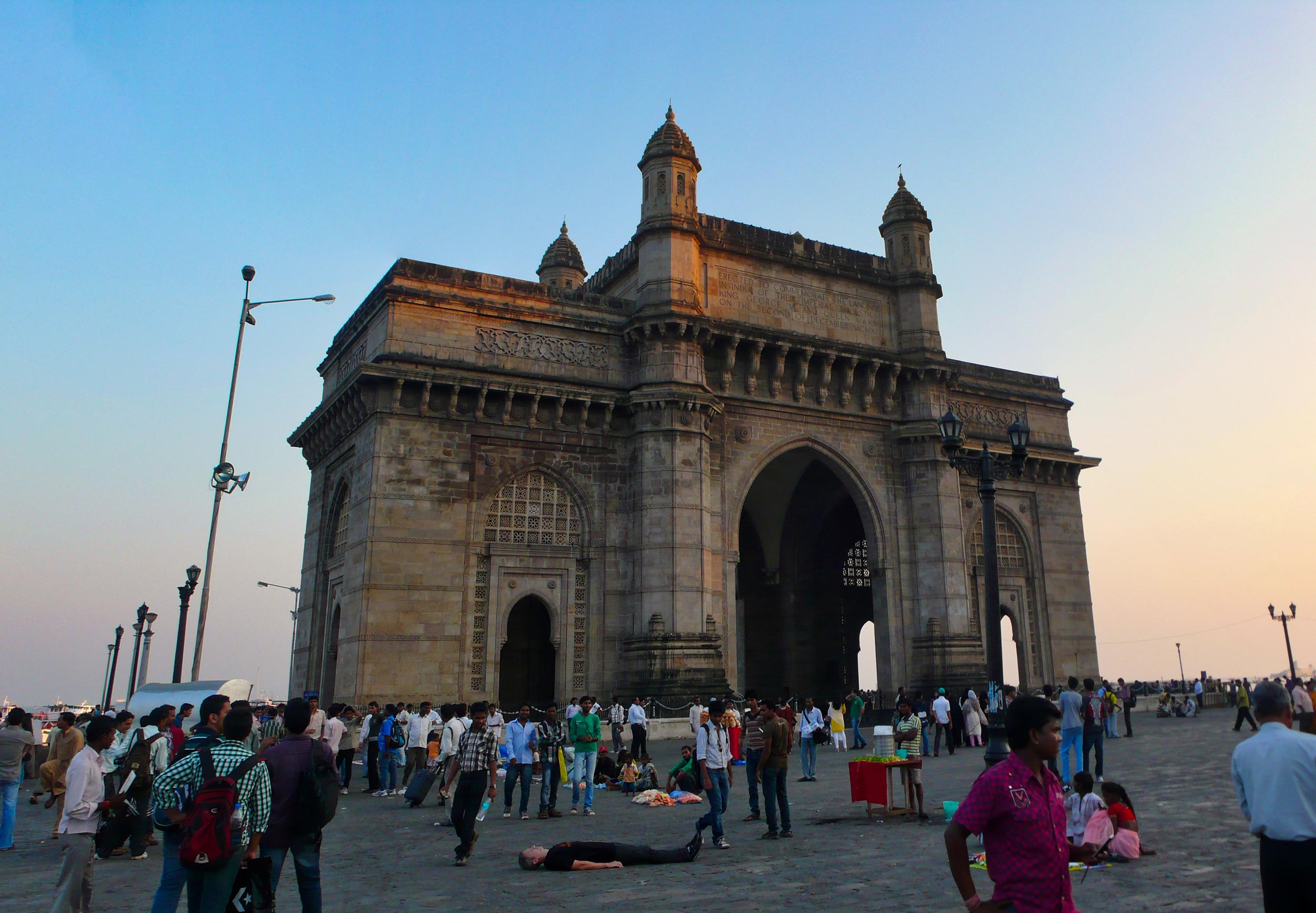Gateway of India
Gateway of India
The Gateway of India is an arch monument built during the 20th century in Mumbai, India.
“ The monument was erected to commemorate the landing of King-Emperor George V and Queen-Empress Mary at Apollo Bunderon their visit to India in 1911.”
Built in Indo-Saracenic style, the foundation stone for the Gateway of India was laid on 31 March 1911. The structure is an arch made of basalt, 26 metres (85 feet) high. The final design of George Wittet was sanctioned in 1914 and the construction of the monument was completed in 1924. The Gateway was later used as a symbolic ceremonial entrance to India for Viceroys and the new Governors of Bombay. It served to allow entry and access to India.
The Gateway of India is located on the waterfront at Apollo Bunder area at the end of Chhatrapati Shivaji Maharaj Marg in South Mumbai and overlooks the Arabian Sea. The monument has also been referred to as the Taj Mahal of Mumbai, and is the city's top tourist attraction.
History
The Gateway of India was built to commemorate the visit of George V, Emperor of India and Mary of Teck, Empress consort, to Bombay, prior to the Delhi Durbar in December 1911. However, they only got to see a cardboard model of the monument, since the construction did not begin until 1915. The foundation stone was laid on March 31, 1913 by the governor of Bombay, Sir George Sydenham Clarke with the final design of George Wittet sanctioned on March 31, 1914.
The land on which the Gateway was built on was previously a crude jetty, used by the fishing community which was later renovated and used as a landing place for British governors and other prominent people. In earlier times, it would have been the first structure that visitors arriving by boat in Mumbai would have seen.
Between 1915 and 1919, work proceeded at Apollo Bundar (Port) to reclaim the land on which the gateway and the new sea wall would be built. The foundations were completed in 1920 and construction was finished in 1924. The gateway was opened on December 4, 1924 by the Viceroy, the Earl of Reading.
The last British troops to leave India following the country's independence, the First Battalion of the Somerset Light Infantry, passed through the Gateway on their way out in a ceremony on February 28, 1948, signalling the end of British rule.
Date: October 2011
Photographer: Toni Sellés
Additional information: wikipedia




